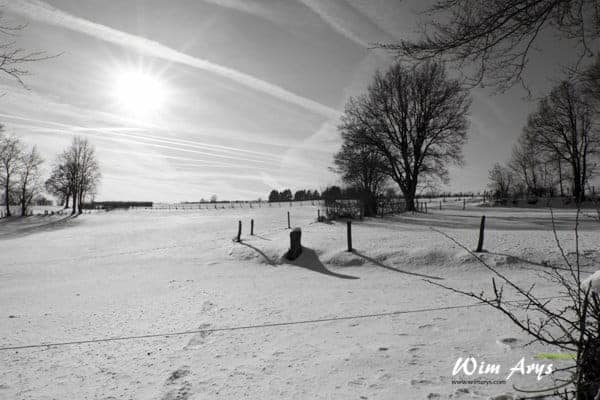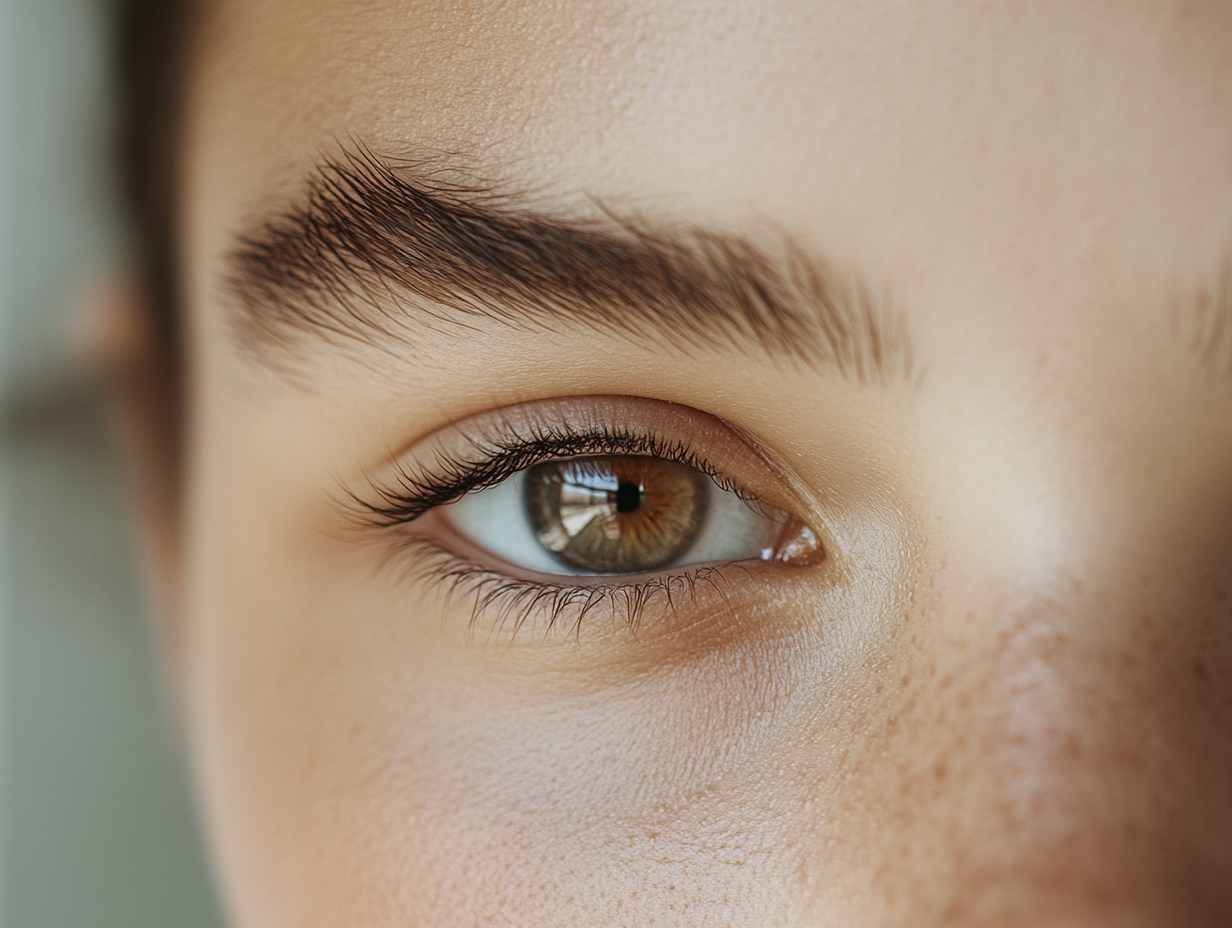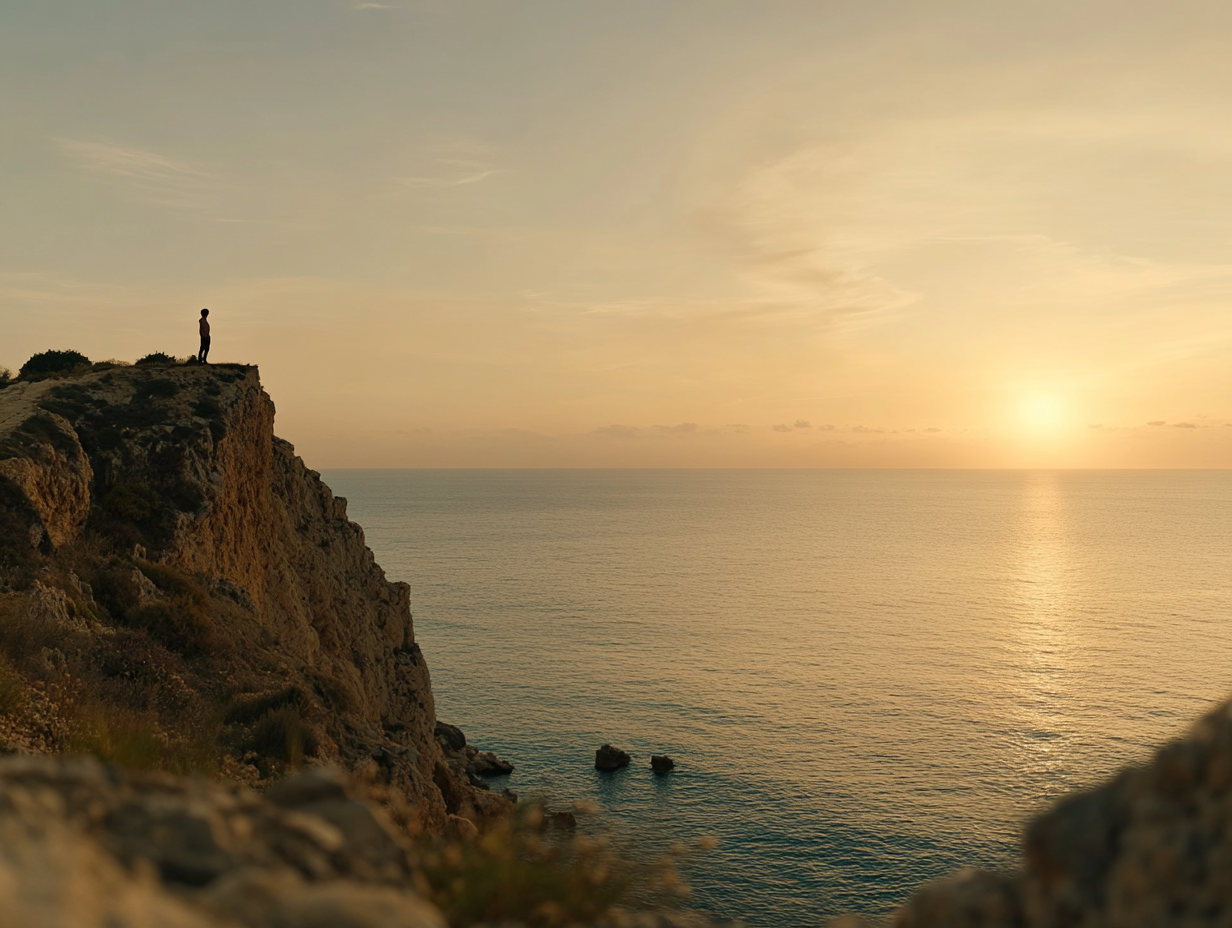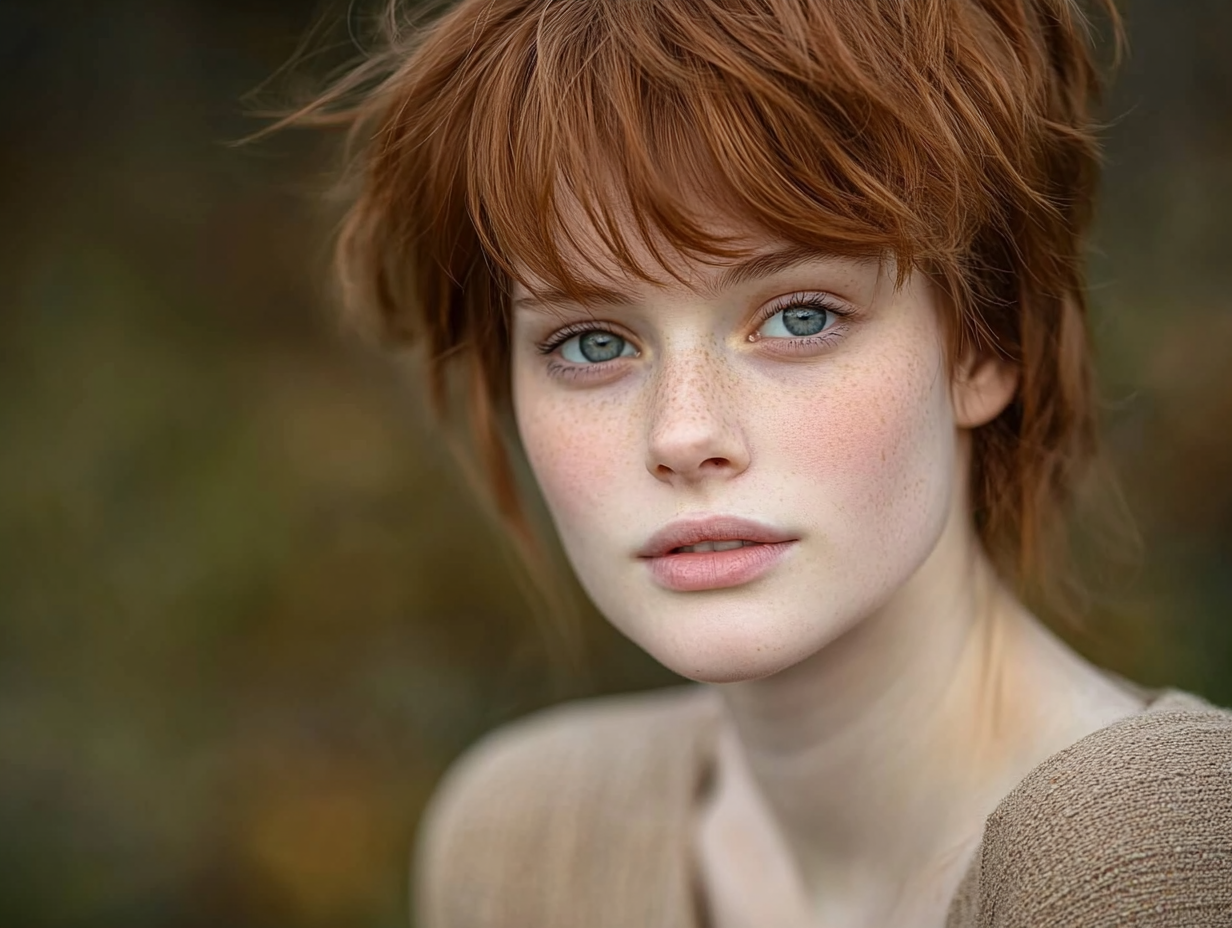Iridient Developer Fujifilm X-Trans Presets
Introduction
Brian Griffith from Iridient Developer just released a preset pack that attempts to reproduce the Fujifilm in-camera film styles. These include all highly regarded Standard/Provia, Vivid/Velvia, Soft/Astia, ProNegStd, ProNegHi, Classic Chrome, Monochrome, Monochrome+G, Monochrome+Ye, Monochrome+R and Sepia film emulations. You’ll also find the “neutral” styles which are not intended to mimic any of the in-camera looks but should give a very good colorimetric color match to standard color reference charts such as the ColorCheckerSG and IT8. These presets were produced without any assistance from Fujifilm wand may not give absolutely identical results to the in-camera processing.
What’s included
There are two folders of presets included. The folder named Fujifilm X Styles v3 (APS-C) contains the very latest color profiles, including the new Classic Chrome style as well. The folder named Fujifilm X Styles v2 (APS-C) contains the previous Iridient_FujiX_Presets3 set, but these have been updated to the new “preset” file type which only includes the adjustments specific to the color style (camera curve and input profile or monochrome options). The new v3 presets should give a closer match to the latest camera firmware styles.
These presets are intended for use with the 16MP APS-C sensor models and have not been tested with the compact 12MP X-Trans models like the X30 or XQ2. They will not provide a good color match on compact X-Trans models due to the different sensor hardware being used.
How to install
There are three options for loading the presets into Iridient Developer:
- Double click the desired preset file. You should see the image’s appearance change almost immediately and the color differences generally should be quite noticeable between the different film looks. The Settings window’s popup menu will also change to show “Custom” indicating the image settings have changed.
- Drag and drop the preset file onto the Iridient Developer icon in the dock.
- Copy the preset files or whole folders into the proper Application Support folder for Iridient Developer presets. Any presets or settings files located in this folder will automatically appear in the Settings window’s popup menu when running Iridient Developer in the future.
Copy the preset folder(s) or individual preset files to the Iridient Developer Presets folder located within your user folder here:
~/Library/Application Support/Iridient Developer/Presets/
A quick way to open this folder is to choose “Go to Folder…” (or key combo command+shift+g) from the Go menu in the Finder and then copy and paste the above folder path text into the dialog.
if you have never saved any preset or settings files before the “Presets” folder may not yet exist and will need to be created. The top level Application Support folder would be located here and then a new folder can be created by choosing “New Folder” or command+shift+N and renamed to “Presets”:
~/Library/Application Support/Iridient Developer/
A quick way to open this folder is to choose “Go to Folder…” (or key combo command+shift+g) from the Go menu in the Finder and then copy and paste the above folder path text into the dialog.
You can also re-save the presets with any name or other options of your choosing after opening them by clicking the “Save Preset…” button located near the top of the Settings window. The critical adjustments to include for these presets are the “Camera Curve” found in the Exp Pane section and “Input Profile” found in the Color Pane section.
Conclusion
It’s nice to see these Fujifilm presets available in Iridient Developer, they do look better than those supplied in Lightroom. You can download the presets here and if you’d like to read my full Iridient Developer review, you’ll find it here.





0 Comments